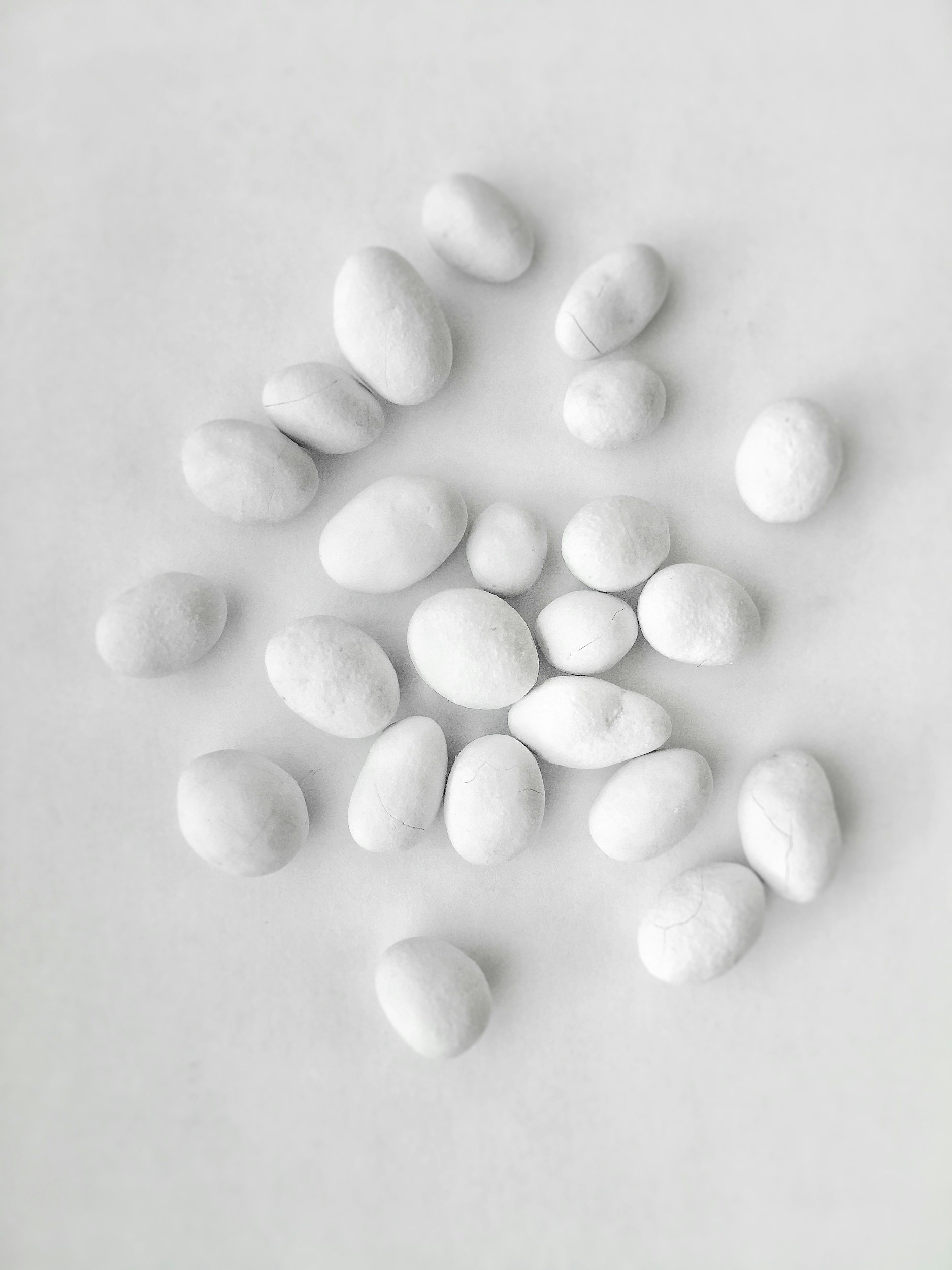
Bladder Stones and Cystotomy
What are bladder stones?
Bladder stones (also called uroliths or calculi) are hard mineral formations that develop in the bladder of dogs and cats. Multiple factors can result in bladder stones including bladder infections, dietary factors, genetics, and concentration of the urine. Certain breeds such as Dalmatians and Miniature Schnauzers are more prone to develop stones.
Signs and Symptoms
Straining to urinate
Blood in the urine
Small, frequent urinations or dribbling of urine
Accidents in the house
Licking or increased grooming of the urinary opening
Inability to urinate (this is a medical emergency and your pet should be evaluated by a veterinarian immediately)
How are bladder stones diagnosed?
Some large stones can be felt on physical examination; however, most pets need to have an x-ray or ultrasound of the bladder to see the stone. A urinalysis and culture of the urine are often performed to determine the crystal type of stone and other related concerns. After removal, the stones will be sent for mineral analysis.
What is the treatment for bladder stones?
Certain types of stones (struvite) can be dissolved by feeding veterinary prescription foods; however, many stones require surgery for removal. The surgical procedure to remove bladder stones is called a cystotomy. During a cystotomy, the bladder is opened and the stones removed. The bladder and urethra are flushed during the procedure to ensure complete removal of all stones. After the procedure, a radiograph or ultrasound is performed to verify complete removal of all of the stones.
After surgery, the mass will be sent to the laboratory for a veterinary pathologist to evaluate. They will give us information such as whether the entire tumor was able to be removed as well as the grade of the tumor. This information if used to help determine a prognosis and if additional therapy is needed.
What is recovery like?
After surgery your pet will need to have activity limited for about 10-14 days. No running, jumping or playing should be allowed. The incision should be monitored for any redness, swelling or discharge and an E-collar should be used to prevent your pet from licking or chewing the incision. Pain medications will be prescribed to be given for several days after surgery and in some cases antibiotics will also be sent home.
It is normal for dogs and cats to have some blood or a red tinge to the urine for the first few days after surgery. In addition, it is common to see some straining when your pet urinates or an increased frequency of needing to urinate while the bladder heals. If at any time you are concerned that your pet is unable to urinate, please seek veterinary care, urinary blockage is a critical emergency.
The stones that are removed from your pet’s bladder will be sent for stone analysis. This is a test that tells us the mineral composition of the bladder stones. Based on these results, we may recommend a change in your dog or cat’s diet, or medication prescribed, to lessen the chances of stones forming again.
Immediately post-surgery, your pet may be drowsy, uncoordinated or nauseous. Unless otherwise instructed, we normally recommend the following for food and water:
Water Reintroduction: Offer a small amount of water 30 minutes to 1 hour after arriving. If there are no signs of nausea and water is kept down, more can be offered in small amounts. You may resume normal water access the following day,
Food Reintroduction: Offer 1/2 their normal feed 2 hours after arriving home. If there are no signs of nausea and food is kept down, you may resume normal feedings the following day.
Detailed postoperative instructions will be provided to you after the surgery that outline medications, and incision care. Bandages on the IV catheter site can be removed once you get home. It is normal for some bruising and swelling to occur. If there is no pain or discharge associated with the swelling, continue to monitor at home. Please notify us or your veterinarian if you observe:
Increased redness/bruising over time
Odorous or pus-like discharge
Opening of the incision site
Increased swelling
Difficulty urinating
Signs of acute pain.
Bladder Stone Prevention and Monitoring
While a cystotomy will remove any current stones, it is important to takes steps to prevent the formation of new stones. Depending on the type of stone, dissolution may also be an option if caught early. Talk to your veterinarian about a preventative measures, which may include:
Prescription diet in certain cases
Increasing water intake
Monitoring the urine for infection
Monitoring for the return of any symptoms
Regular imaging such as radiographs or ultrasound to detect stone recurrence early
If you have any questions or concerns about your pet’s health, we are here to help.
